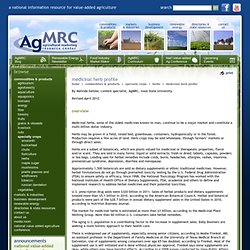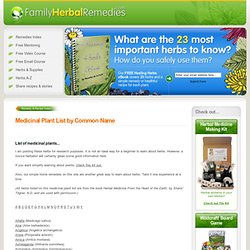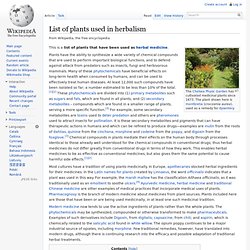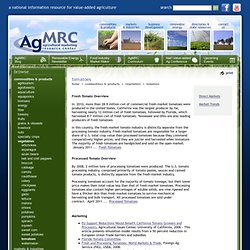

Food Is The New Frontier In Green Tech. This is a guest post from Ali Partovi, angel investor, startup advisor and serial entrepreneur.

He co-founded iLike, acquired by Myspace in 2009, and LinkExchange, acquired by Microsoft for $265 million in 1998. His portfolio has included successes as far-ranging as Zappos, Facebook, DropBox and OPOWER. He was among the first to recognize the significance of the Facebook platform, and among the earliest to grasp the business opportunity of search. Around Earth Day, we’re reminded about global warming and pollution, as well as the “green” technologies and consumer choices that may save our planet. We don’t hear as much about agriculture, one of the world’s largest polluters, nor do we appreciate the environmental impact of our diet. Feeding the growing world population using today’s practices is increasingly unsustainable. As an Internet entrepreneur and investor, my interest in food and agriculture began at home, taking care of my body and my kids.
“The Other Inconvenient Truth” Images: How the Florida Tomato Industry Went from Being One of the Most Repressive Employers to the Most Progressive. April 21, 2011 | Like this article?

Join our email list: Stay up to date with the latest headlines via email. WOA-53 new. Agricultural Marketing Resource Center - Medicinal Herb Profile. By Malinda Geisler, content specialist, AgMRC, Iowa State University.

Revised April 2012. Overview Medicinal herbs, some of the oldest medicines known to man, continue to be a major market and constitute a multi-billion dollar industry. Herbs may be grown in a field, raised bed, greenhouse, containers, hydroponically or in the forest. Production requires a few acres of land. Medicinal herbs : Uses of Plants for Medicine. Medicinal plant list. List of medicinal plants...

I am posting these herbs for research purposes. It is not an ideal way for a beginner to learn about herbs. However, a novice herbalist will certainly glean some good information here. If you want simplify learning about plants, check this kit out. Also, our simple home remedies on this site are another great way to learn about herbs. (All herbs listed on this medicinal plant list are from the book Herbal Medicine From the Heart of the Earth, by Sharol Tilgner, N.D. and are used with permission.) Alfalfa (Medicago sativa) Aloe (Aloe barbadensis) Angelica (Angelica archangelica) Anise (Pimpinella anisum) Arnica (Arnica montana) Ashwaganda (Withania somnifera) Astragalus (Astragalus membranaceus) Betony (Stachys/Betonica officinalis) Bilberry/Huckleberry (Vaccinium spp.)
Back to top All herbs on this site and this medicinal plant list are for informational purposes only. List of medicinal plants and herbs. List of plants used as medicine. This is a list of plants that have been used as herbal medicine.

Plants have the ability to synthesize a wide variety of chemical compounds that are used to perform important biological functions, and to defend against attack from predators such as insects, fungi and herbivorous mammals. Many of these phytochemicals have beneficial effects on long-term health when consumed by humans, and can be used to effectively treat human diseases. At least 12,000 such compounds have been isolated so far; a number estimated to be less than 10% of the total.[1][2] These phytochemicals are divided into (1) primary metabolites such as sugars and fats, which are found in all plants; and (2) secondary metabolites – compounds which are found in a smaller range of plants, serving a more specific function.[3] For example, some secondary metabolites are toxins used to deter predation and others are pheromones used to attract insects for pollination. A[edit] Aloe vera B[edit] C[edit] Chili peppers.
Agricultural Marketing Resource Center - Culinary Herbs Profile. Agricultural Marketing Resource Center - Bell and Chili Peppers. Bell and Chili Peppers Overview In the last few years, U.S. consumption of all peppers has increased, rising from an average of 15.3 pounds per person in 2005 to 16.4 pounds per person in 2009.

Agricultural Marketing Resource Center - Tomatoes. Fresh Tomato Overview In 2010, more than 28.9 million cwt of commercial fresh-market tomatoes were produced in the United States.

California was the largest producer by far, harvesting nearly 12 million cwt of fresh tomatoes, followed by Florida, which harvested 8.7 million cwt of fresh tomatoes. Tennessee and Ohio are also leading producers of fresh tomatoes. In this country, the fresh-market tomato industry is distinctly separate from the processing tomato industry. Fresh-market tomatoes are responsible for a larger share of U.S. total crop value than processed tomatoes because they command comparatively higher prices, and they are juicier and harvested when immature.
Processed Tomato Overview By 2008, 2 million tons of processing tomatoes were produced. Processing tomatoes account for the majority of tomato tonnage, but their lower price makes their total value less than that of fresh-market tomatoes. Marketing Processing/Manufacturing Production Businesses/Case Studies.